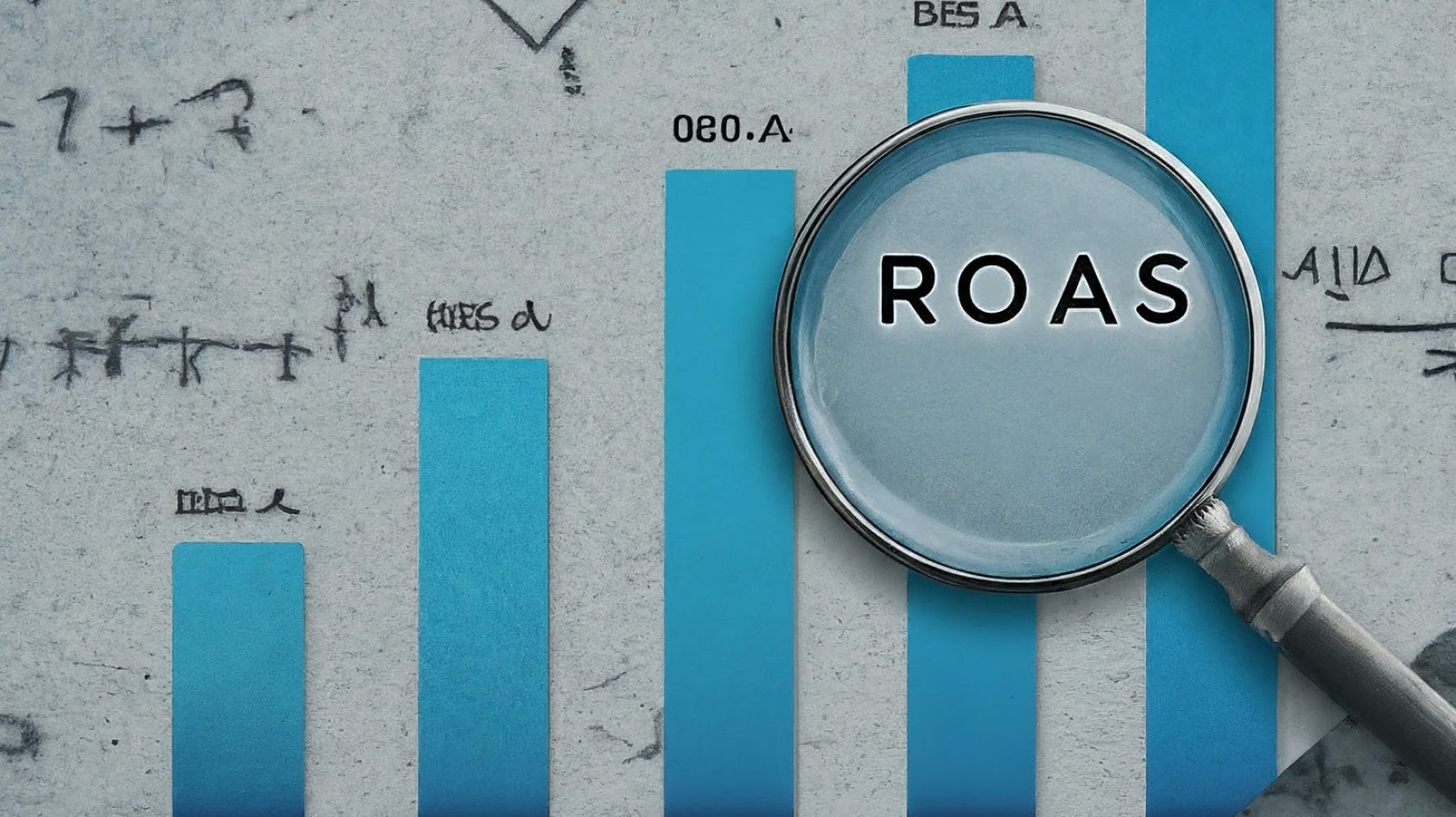
For marketing ninjas navigating the ever-shifting digital landscape, deciphering the effectiveness of campaigns is an eternal quest. The holy grail in this pursuit? Return on Ad Spend (ROAS), a beacon revealing the true value generated for every advertising dollar invested. But here’s the twist: average ROAS dances across industries like a elusive butterfly, and pinning it down feels like chasing a desert mirage.
Decoding the ROAS Riddle:
Before we venture into the industry jungle, let’s clear the fog: ROAS calculates the revenue generated from a campaign versus the total ad spend. Imagine spending $100 on ads and raking in $300 in sales – your ROAS would be a glorious 3 (or 300%). Higher ROAS translates to more bang for your advertising buck.
Now, the burning question: what’s the average ROAS across industries? Buckle up, marketers, because the answer is as elusive as a hidden temple. While studies suggest a general average of 2.87, it’s just the tip of the iceberg. Each industry paints a vastly different picture, influenced by factors like product margins, customer acquisition costs, and fierce competition.
Industry Kaleidoscope: ROAS in Vivid Hues:
- E-commerce: Reigning supreme with an average ROAS of 3.71, the digital haven fosters convenient online shopping, leading to efficient advertising conversion.
- Technology: Hot on their heels at 3.28, the tech world leverages targeted advertising and data-driven strategies to maximize returns.
- Travel & Hospitality: This fiercely competitive landscape demands brand awareness and long-term engagement, resulting in a lower average ROAS of 2.56.
- Health & Beauty: Balancing emotional triggers with practical needs, this industry sees an average ROAS of 1.71.

The Elusive Enigma: Why Measuring ROAS is a Tightrope Walk:
Attributing sales directly to specific advertising efforts can feel like a tightrope walk due to tricky factors:
- Multi-touch attribution: Customers often interact with various channels before buying, making it hard to pinpoint the exact influence of ads.
- Offline conversions: Online ads can lead to offline purchases, further blurring the attribution picture.
- Data silos: Scattered data across different platforms makes it difficult to get a holistic view of campaign performance.
"ROAS might be the marketing siren song, but don't get lost in its allure. Listen to the symphony of data – customer lifetime value, engagement, attribution – and compose a winning marketing score."
Taming the ROAS Dragon: Strategies for Marketers:
Despite the complexities, fear not, marketing warriors! Here are some tips to conquer the ROAS challenge:
- Set realistic benchmarks: Research average ROAS within your specific industry and niche to establish achievable goals. Don’t chase unicorns!
- Beyond ROAS: Don’t get fixated on ROAS alone. Consider customer acquisition costs, lifetime value, and engagement metrics for a comprehensive understanding.
- Embrace attribution tools: Invest in specialized platforms that track user journeys and attribute conversions accurately. Data is your friend!
- Experiment and iterate: Don’t be afraid to test different ad formats, platforms, and targeting strategies to optimize your ROAS over time. Agility is key!
Ready to grow your revenue with Meraki Creates? Get a Free Consultation to Boost Your Business.

